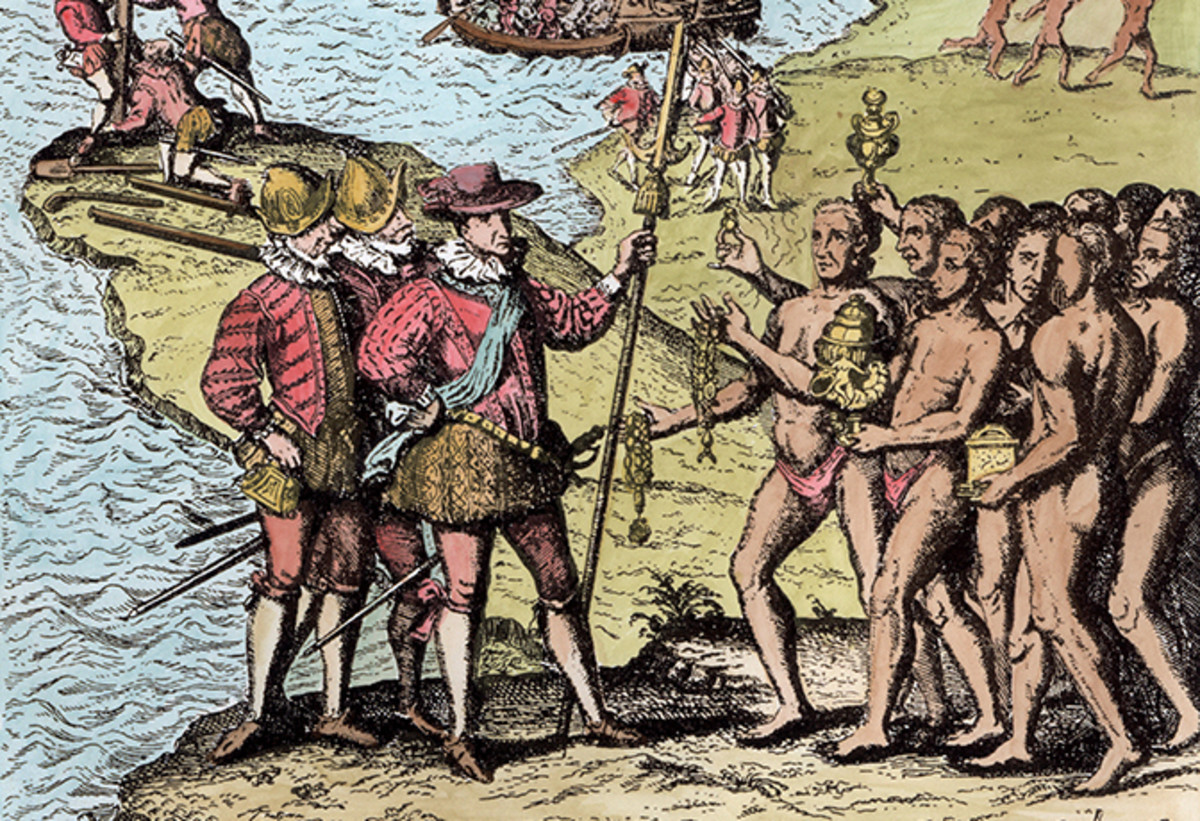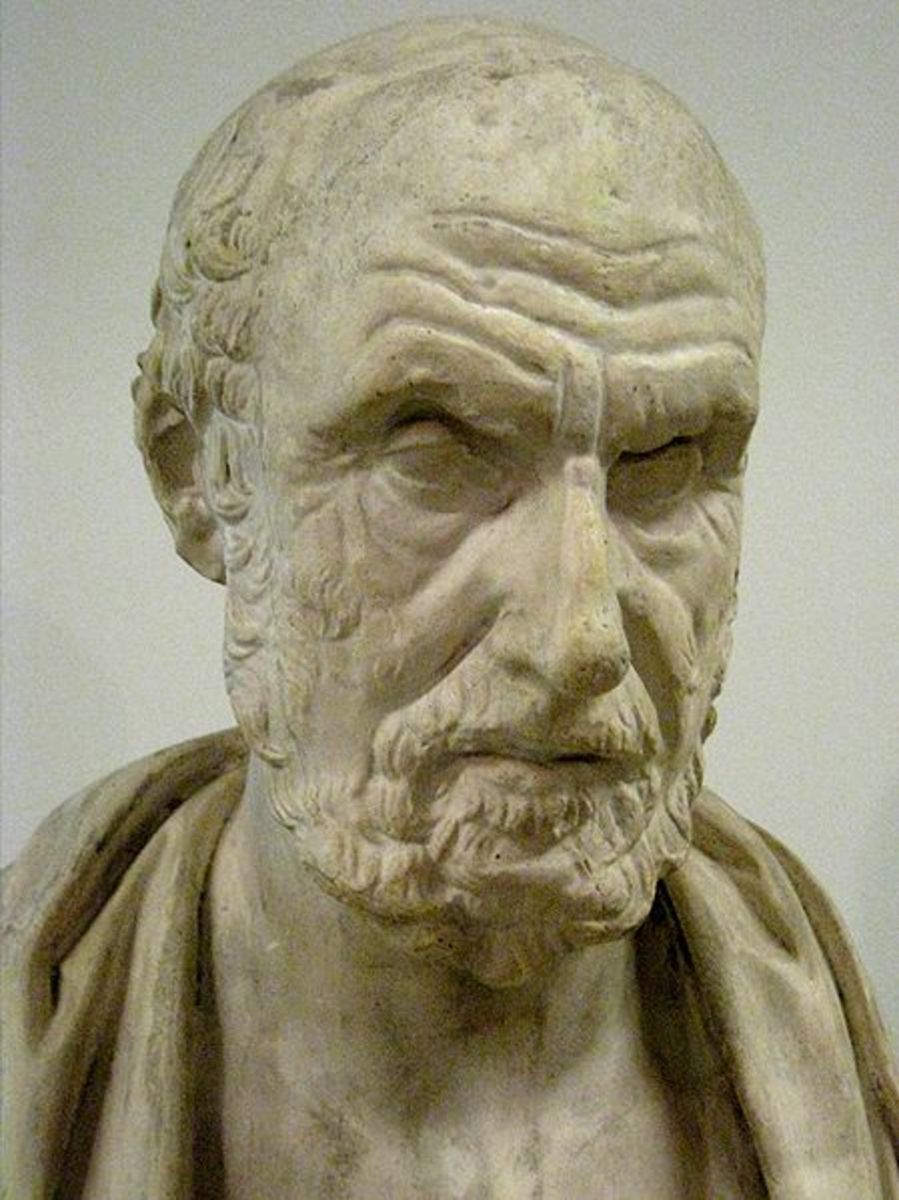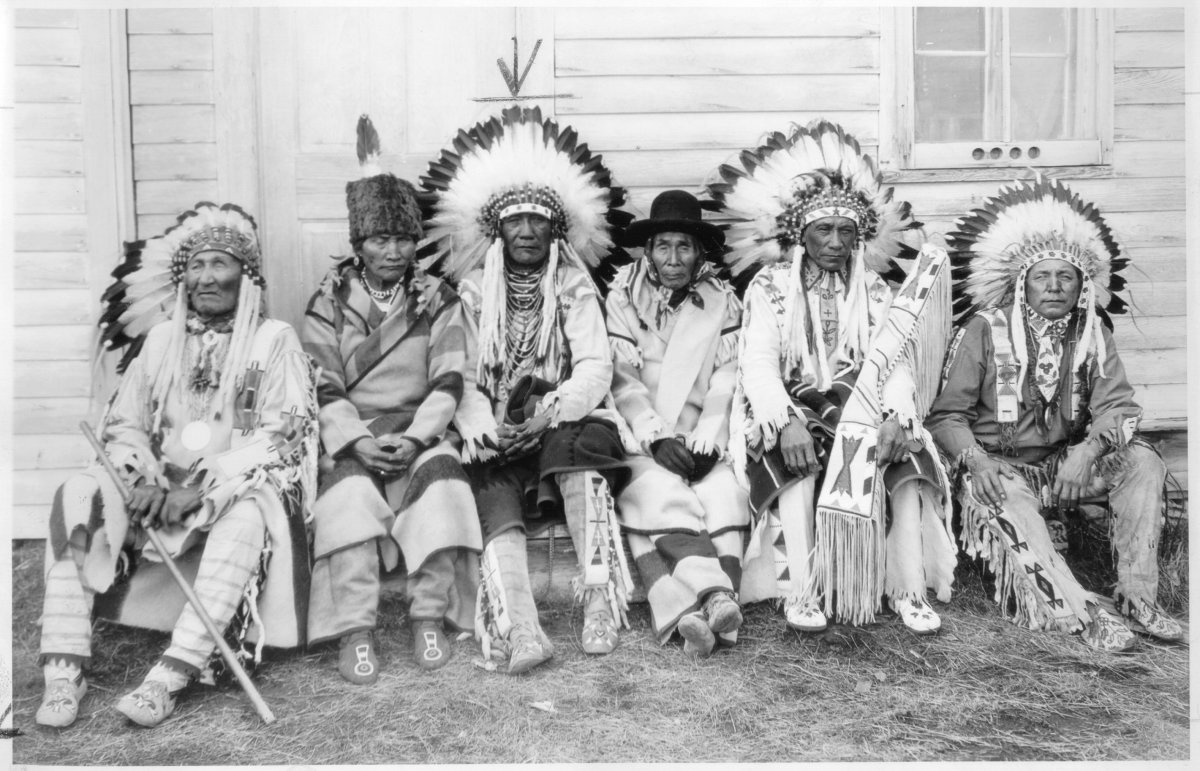Revolutionary Medicine - A History of the Vaccine
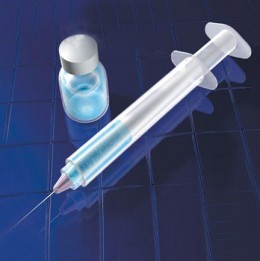
Immunisation is a process whereby biological formulations provide protection against various diseases. A vaccine is created using agents which resemble pathological microorganisms and in fact are often the same disease causing organism which has been treated and weakened in some way. In the simplest terms a vaccine essentially causes our immune system to become accustomed to fighting a particular disease-causing microorganism so if that microorganism is encountered again our immune system is able to fight it before it reproduces and causes symptoms.
English physician Edward Jenner in 1798 would become famous for his breakthrough discovery of an immunization method for smallpox.
The history of immunization, however, begins as early as 1000BCE in India with evidence of inoculations being performed. Inoculation was the process by which a small amount of a live disease was given to a patient in the hope that their immune system could function effectively to build its own immunity against it. This was extremely dangerous since it carried the risk of the patient fully contracting the disease which often had fatal result.
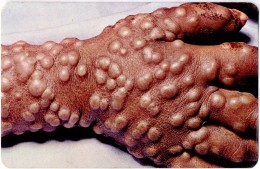

16th through to the 20th Century:
From the 16th century through to the early 20th century smallpox killed an estimated 300-500million people. The disease had a 30-35% fatality rate and killed an estimated 400,000 Europeans every year towards the end of the 18th century. Its proper name variola major (and variola minor for the less virulent strain) come from the Latin varius for ‘spotted’ or varus for ‘pimple’ and manifested in large raised fluid-filled bumps and extreme fever. The worst and nearly always fatal cases resulted in severe bleeding of the skin and gastrointestinal tract and toxaemia (bacterial infection of the blood).
In 1798 Jenner made a discovery which would not only lead to the eradication of smallpox worldwide but also opened a new field of immunological medicine which would form the basis of modern medicine – preventative immunization. Jenner’s work has saved more lives in humankind’s history than the work of any other person.
Born in Berkeley in 1749 amongst a family of nine children, Jenner received a strong basic education. He was inoculated at the age of eight for smallpox which had a profound effect on his lifelong general health. At the age of 14 he became an apprentice to a surgeon and was working as a surgeon with the founding father of modern medicine, John Hunter, at St. George’s Hospital by the age of 21.
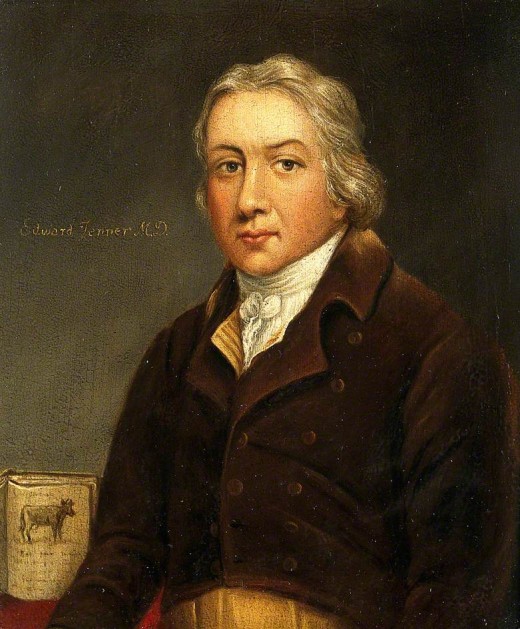
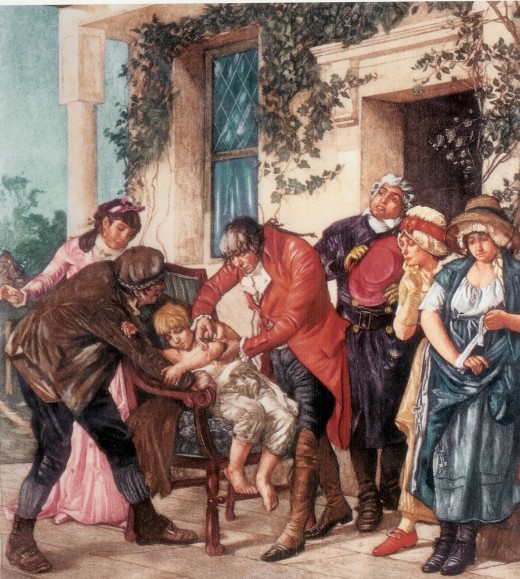
Follow me on Social Media
- Tyler Myers Writes on Facebook
The latest from Tyler Myers Writes on Facebook - Tyler Myers (tmyerswrites) on Twitter
The latest from Tyler Myers (@tmyerswrites).
Jenner successfully completes his first vaccination:
Jenner retreated to the countryside by 1773 and practiced medicine from his residence at Berkeley. The idea that cowpox (a nonfatal disease caused by touching the udders of cows) could be able to create immunity against smallpox had been raised as early as 1765 but it took Jenner’s pursuit of this idea to determine its efficacy. Jenner made the observation that since milkmaids seemed immune from smallpox that the pus from the blisters caused by cowpox must have protected them from contracting smallpox.
By 1796 Jenner began his first trial testing his hypothesis by performing an inoculation on an eight year old boy, James Phipps. He scraped pus from the blisters of milkmaids with cowpox and injected it into both arms of Phipps causing a mild fever but no fully blown infection. At a later time he then injected Phipps with small amounts of smallpox material but no disease was contracted. Phipps was subjected to more injections of smallpox but never showed signs of the disease. Jenner’s method of immunization was adopted by governments worldwide, becoming known as vaccination from the Latin vecca for ‘cow’, and eventually led to the eradication of smallpox which was declared by the World Health Organization in 1979.
More than any other medical discovery in history, the vaccination process founded by Edward Jenner has had more effect on the health of the human race. Today, with the aid of modern technology, Jenner’s breakthrough and methodology of forming a vaccine has been applied to a vast array of disease. Many deadly diseases have been eradicated through the simple vaccination process thanks to Jenner’s insight and pursuit of an idea which others rejected as mere fiction. Because of his contribution to medicine we now live in a world where less people are killed by diseases that are preventable.

